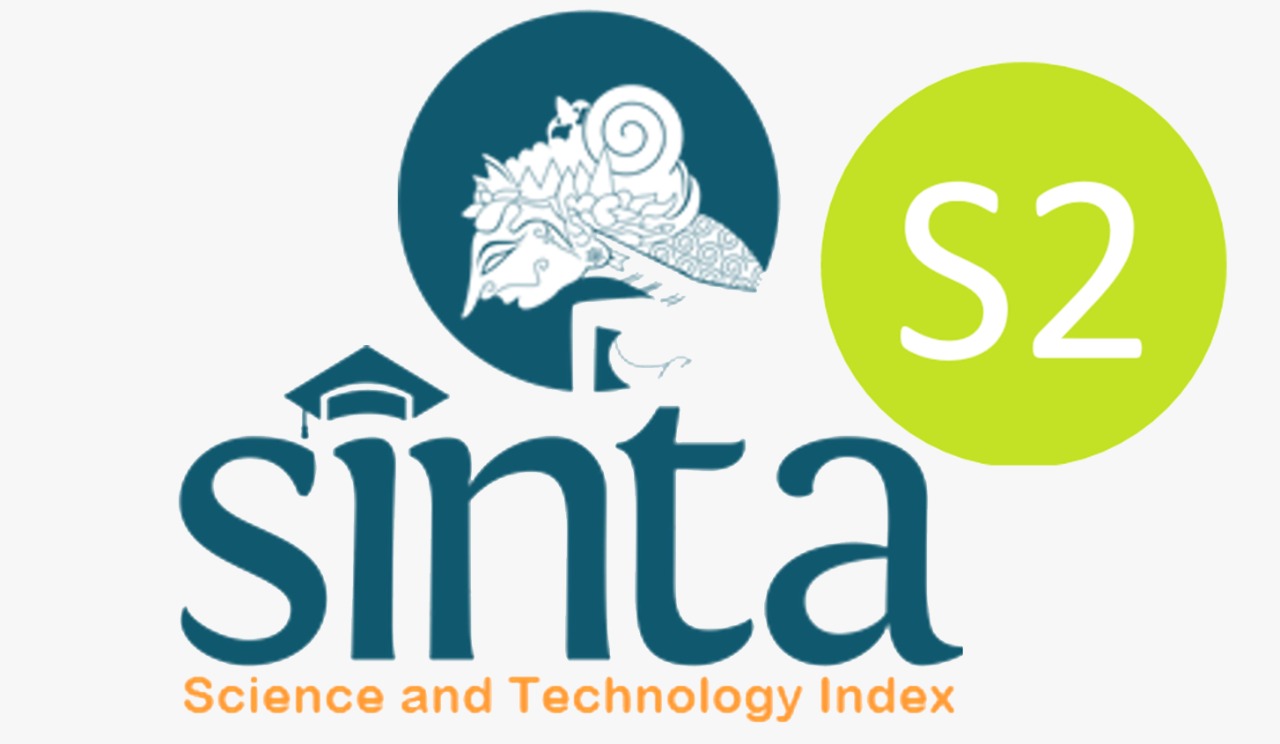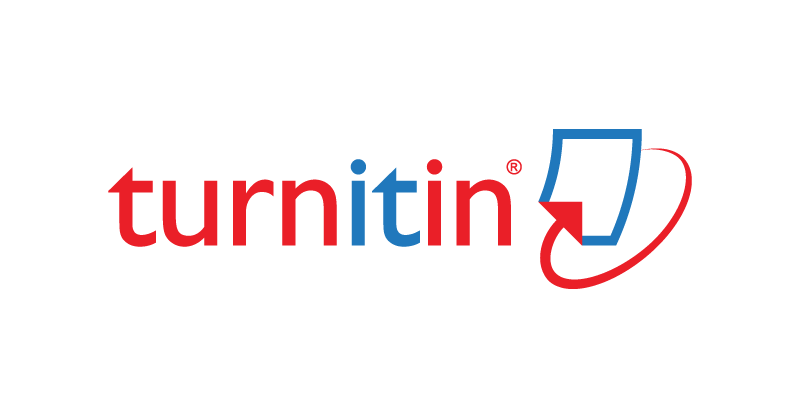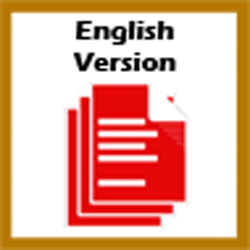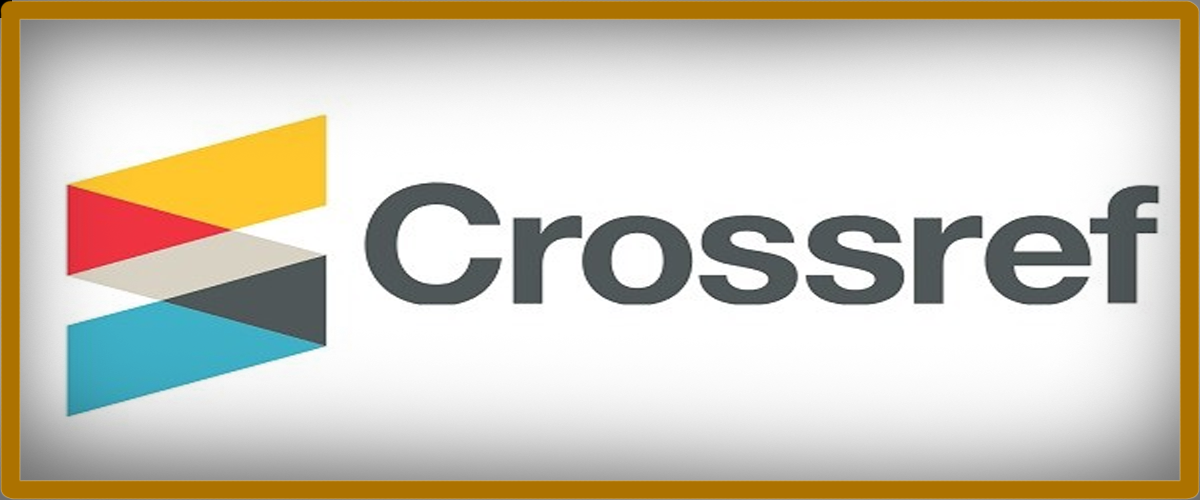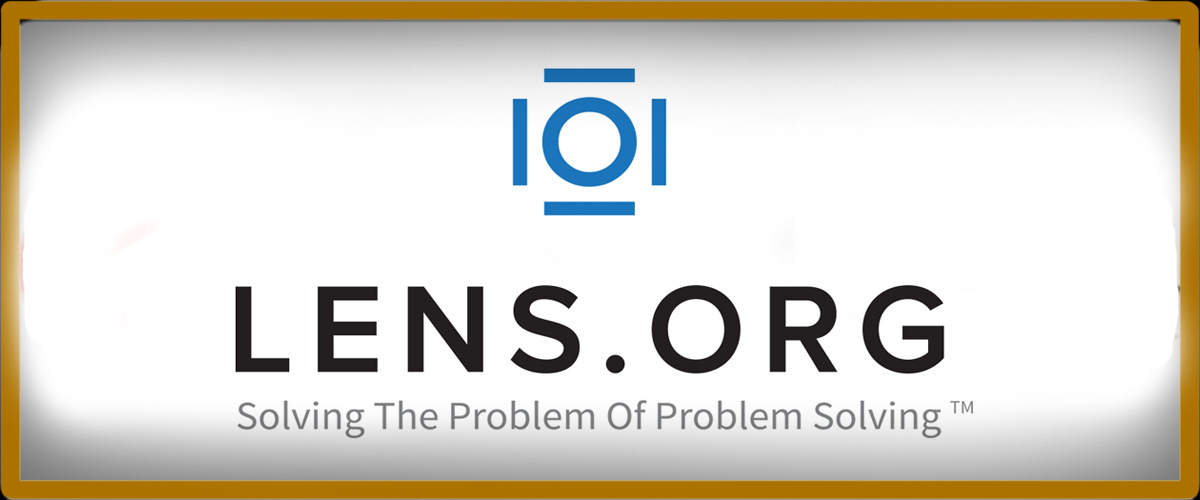Development of Word Wall Game Media for Fiqh E-Learning Through a Blended Cooperative Learning Model
DOI:
https://doi.org/10.47453/eduprof.v6i2.281Keywords:
Development of Learning Media, Word Wall Game, Fiqh Learning, Blended Cooperative E-LearningAbstract
This research aims to develop a Word Wall Game learning media based on Blended Cooperative E-Learning for fiqh education. The research method employed is Research and Development (R&D). The study involved a diverse group of participants, including experts (media experts, learning experts, and fiqh teachers) and grade VIII students, with a total of 210 participants. The sample was selected using a simple random sampling technique, involving 8 validators from experts and teachers, as well as 40 students for a small-scale trial and 30 students for a large-scale trial based on Roscoe's theory. Data were collected through questionnaires, interviews, and tests and analyzed using qualitative and quantitative descriptive methods. The results indicate that the Word Wall Game media is valid for use in fiqh learning. Validation scores from media design experts reached 81.66% (valid category), learning experts scored 91.66% (very valid), and fiqh teachers provided a score of 88.33% (valid), with recommendations for improving contextual elements of fiqh content. The media was found to be effective in terms of appearance, materials, and methods. In terms of practicality, it was rated as easy to use by students, with an average practicality score of 4.16. Furthermore, the media significantly enhanced student motivation and engagement in learning, particularly on the topic of halal and haram food and beverages. The effectiveness of the media was demonstrated through improved student comprehension, as measured by the N-Gain Score method. The average N-Gain score of 0.65 and 0.67 indicates a medium improvement in student understanding. In conclusion, the Word Wall Game media based on Blended Cooperative E-Learning has been validated as a practical and effective tool for enhancing fiqh learning. This media demonstrates potential for broader application and further refinement to optimize student learning outcomes.
References
Adipat, Surattana, Kittisak Laksana, Kanrawee Busayanon, Alongkorn Ausawasowan, and Boonlit Adipat, ‘Engaging Students in the Learning Process with Game-Based Learning: The Fundamental Concepts’, International Journal of Technology in Education, 4.3 (2021), 542–52 <https://doi.org/10.46328/IJTE.169>
Adom, Dickson, Jephtar Adu Mensah, and Dennis Atsu Dake, ‘Test, Measurement, and Evaluation: Understanding and Use of the Concepts in Education’, International Journal of Evaluation and Research in Education, 9.1 (2020), 109–19 <https://doi.org/10.11591/IJERE.V9I1.20457>
Azkiya, Hidayati, and Hermawati Syarif, ‘Technology-Based Learning Innovation In the Pandemic Covid-19’, Proceeding of International Conference on Language Pedagogy (ICOLP), 1.1 (2021), 74–82 <https://doi.org/10.24036/ICOLP.V1I1.23>
Chen, Zihan, ‘The Influence of School’s Reward Systems on Students’ Development’, Journal of Education, Humanities and Social Sciences, 8 (2023), 1822–27 <https://doi.org/10.54097/EHSS.V8I.4591>
Cowan, Nelson, ‘Working Memory Underpins Cognitive Development, Learning, and Education’, Educational Psychology Review, 26.2 (2013), 197 <https://doi.org/10.1007/S10648-013-9246-Y>
Creswell, John W., Research Design: Qualitative, Quantitative, and Mixed Methods Approaches (Thousand Oaks: SAGE Publications, Inc., 2014)
Elhefni, Elhefni, Al Ihwanah Al Ihwanah, Helen Sabera Adib, Rita Ariani, and Ria Safitri, ‘Use of Word Wall Learning Media to Improve Learning Outcomes Indonesian Learning in Elementary Schools’, AL-ISHLAH: Jurnal Pendidikan, 15.2 (2023), 1556–62 <https://doi.org/10.35445/ALISHLAH.V15I2.1447>
Evandri, ‘Development Of Interactive Learning Media Based On Wordwall Games To Increase Motivation And Elementary School Students’ Learning Interests’, Journal of Education and Culture (JEaC), 4.1 (2024), 84–102 <https://doi.org/10.47918/JEAC.V4I1.1642>
Fernando Vera, ‘Enhancing Student Engagement and Learning Outcomes through Faculty’s Active Learning Practices | Transformar’, Revista Transformar Junio, 4.2 (2023)
Firmansyah, F., F. Ferianto, and I. PehliÄ, ‘Challenges to the Implementation of Blended Learning in Islamic Religious Education Learning in Indonesia’, AL-TARBIYAH: Jurnal Pendidikan (The Educational Journal), 34.1 (2024), 51–65
Haleem, Abid, Mohd Javaid, Mohd Asim Qadri, and Rajiv Suman, ‘Understanding the Role of Digital Technologies in Education: A Review’, Sustainable Operations and Computers, 3 (2022), 275–85 <https://doi.org/10.1016/J.SUSOC.2022.05.004>
Hamed Taherdoost, ‘Data Collection Methods and Tools for Research; A Step-by-Step Guide to ChooseData Collection Technique for Academic and Business Research Project’, International Journal OfAcademic Research in Management (IJARM), , 2021
Harianto, Harianto, Mahyudin Ritonga, and Riki Saputra, ‘How Is the Ability of Islamic Religious Education Teachers in Designing and Using ICT Media?’, Proceedings of the 1st International Conference on Education, Humanities, Health and Agriculture, ICEHHA , 2021 <https://doi.org/10.4108/EAI.3-6-2021.2310749>
Hasanah Lubis, Leli, Budi Febriani, Rendi Fitra Yana, Azhar Azhar, and Mulkan Darajat, ‘The Use of Learning Media and Its Effect on Improving the Quality of Student Learning Outcomes’, International Journal Of Education, Social Studies, And Management (IJESSM), 3.2 (2023), 7–14 <https://doi.org/10.52121/IJESSM.V3I2.148>
Jamilah, Jamilah, Devia Ramadani, Arik Darojat, Ade Suherman, and Nadhifa Karimah, ‘Wordwall Games Based Media To Improve Students’ Learning Outcomes’, Proceedings of the 4th International Conference on Education and Technology (ICETECH), 2024, 485–94 <https://doi.org/10.2991/978-94-6463-554-6_40>
Kalyani, Dr. Lohans Kumar, ‘The Role of Technology in Education: Enhancing Learning Outcomes and 21st Century Skills’, International Journal of Scientific Research in Modern Science and Technology, 3.4 (2024), 05–10
Kawulich, B. B., and A. D’Alba, ‘Teaching Qualitative Research Methods with Second Life, A3-Dimensional Online Virtual Environment’, Virtual Reality, 23.4 (2019), 375–84
Koehler, Matthew J., Punya Mishra, Kristen Kereluik, Tae Seob Shin, and Charles R. Graham, ‘The Technological Pedagogical Content Knowledge Framework’, Handbook of Research on Educational Communications and Technology: Fourth Edition, 2014, 101–11 <https://doi.org/10.1007/978-1-4614-3185-5_9>
Mahmudi, Mohammad Ali, ‘Integrating Technology in Islamic Religious Education: Echaning Engagement and Learning Outcomes’, EScience Humanity Journal, 4.2 (2024), 505–13 <https://doi.org/10.37296/ESCI.V4I2.173>
Mansir, Firman, and Abdul Karim, ‘Islamic Education Learning Approaches in Shaping Students’ Emotional Intelligence in the Digital Age’, Hayula: Indonesian Journal of Multidisciplinary Islamic Studies, 4.1 (2020), 67–86 <https://doi.org/10.21009/004.01.04>
Marensi, Vanessa, Suarman Suarman, and Almasdi Syahza, ‘The Effectiveness Of Using Word Wall-Based Learning Media In Increasing Students’ Learning Activities On Economy Learning Subjects At Sma Pgri Pekanbaru’, JURNAL PAJAR (Pendidikan Dan Pengajaran), 7.2 (2023), 407 <https://doi.org/10.33578/PJR.V7I2.9165>
Mayer, R. E., ‘Using Multimedia for E-Learning’, Journal of Computer Assisted Learning, 33.5 (2017), 403–23 <https://doi.org/10.1111/JCAL.12197>
Nadeem, Muhammad, Melinda Oroszlanyova, and Wael Farag, ‘Effect of Digital Game-Based Learning on Student Engagement and Motivation’, Computers, 12.9 (2023) <https://doi.org/10.3390/COMPUTERS12090177>
Nassaji, Hossein, ‘Qualitative and Descriptive Research: Data Type versus Data Analysis’, Language Teaching Research, 19.2 (2015), 129–32 <https://doi.org/10.1177/1362168815572747>
Nisa, Akma Khairun, Siska Lailan Munira RKT, Ahmad Sabri, and Rully Hidayatullah, ‘The Effectiveness of Fiqh Learning on Students’ Worship Practices at Madrasah Tsanawiyah’, AL-IMAM: Journal on Islamic Studies, Civilization and Learning Societies, 5.1 (2024), 53–60 <https://doi.org/10.58764/J.IM.2024.5.66>
Nurammida, Nurammida, Nizarrahmadi Nizarrahmadi, and Alvina Yolanda, ‘The Effectiveness Of Wordwall Game As Media To Teach Students English Vocabulary Mastery Of Eighth Grade’, JURNAL JENDELA PENDIDIKAN, 4.03 (2024), 283–92 <https://doi.org/10.57008/JJP.V4I03.937>
Oviliani, Titia Mita, and Ratnawati Susanto, ‘The Effect of Wordwall Educational Game-Based Learning Media on Interest in Learning Natural Sciences’, Education and Social Sciences Review, 4.1 (2023), 27–33 <https://doi.org/10.29210/07ESSR322200>
Paiva, Teresa, Maximiano Ribeiro, and Paula Coutinho, ‘R&D Collaboration, Competitiveness Development, and Open Innovation in R&D’, Journal of Open Innovation: Technology, Market, and Complexity, 6.4 (2020), 116 <https://doi.org/10.3390/JOITMC6040116>
Prima Belvin Gulo, Afore Tahir Harefa, Yasminar Amaerita Telaumbanua, LastName, and Riswan Zega, ‘View of The Effect of Interactive Multimedia Wordwall on Students’ Vocabulary Learning Outcomes at SMA Negeri 1 Huruna’, SELTIC, 7.2 (2024)
Ren, Jiaopin, Wei Xu, and Ziqing Liu, ‘The Impact of Educational Games on Learning Outcomes: Evidence From a Meta-Analysis’, International Journal of Game-Based Learning (IJGBL), 14.1 (2024), 1–25 <https://doi.org/10.4018/IJGBL.336478>
Ridwan, ‘The Effect of Cooperative Learning in Blended Learning Environment on Students’ Learning Achievement: A True-Experimental Study’, Proceedings of the 2nd International Conference on Innovation in Education and Pedagogy (ICIEP 2020), 619 (2022) <https://doi.org/10.2991/ASSEHR.K.211219.029>
Roscoe, R. D., ‘Designing for Diversity: Inclusive Sampling’, Ergodesign & HCI, 9.1 (2021), 67–81
Royyan, Abdullah Syahid, Supadi Supadi, and Fakhrudin Arbah, ‘Blended Learning Management in Madrasah Tsanawiyah During Covid-19 Pandemic’, Jurnal Paedagogy, 10.1 (2023), 126–33 <https://doi.org/10.33394/JP.V10I1.6504>
Safitri, Desy, Suci Awalia, Tunjungsari Sekaringtyas, Sri Nuraini, Ika Lestari, Yustia Suntari, and others, ‘Improvement of Student Learning Motivation through Word-Wall-Based Digital Game Media’, International Journal of Interactive Mobile Technologies (IJIM), 16.06 (2022), 188–205 <https://doi.org/10.3991/IJIM.V16I06.25729>
Setiawan, Dedi, Khodijah Khodijah, and Ahmad Mansyur, ‘Implementing Contextual Teaching and Learning (CTL) Model to Teach Fiqh’, Journal of Research in Islamic Education, 2.2 (2020), 93–105 <https://doi.org/10.25217/JRIE.V2I2.1283>
Shofiyani, Amrini, and Mar’atush Sholihah, ‘Development of Learning Media for Islamic Fiqh Educational Games on Learning Interest’, SCHOOLAR: Social and Literature Study in Education, 1.3 (2021), 142–46
Suraijiah, Rusdiana, Rusdiah, M. Ramli, and Murdan, ‘The Effectiveness of Using Media Technology in Islamic Religious Education in an Independent Curriculum: Technocultural Study of Religious Education’, Jurnal Iqra’ : Kajian Ilmu Pendidikan, 8.1 (2023), 335–49 <https://doi.org/10.25217/JI.V8I1.2760>
Tong, Duong Huu, Bui Phuong Uyen, and Lu Kim Ngan, ‘The Effectiveness of Blended Learning on Students’ Academic Achievement, Self-Study Skills and Learning Attitudes: A Quasi-Experiment Study in Teaching the Conventions for Coordinates in the Plane’, Heliyon, 8.12 (2022) <https://doi.org/10.1016/J.HELIYON.2022.E12657>
Tuti Aliyah, and Aan Yuliyanto, ‘Application of Wordwall Learning Media to Improve The Creative Thinking Ability OfThird GradePrimary School Students in Learning Science’, Conference: The 6th International Conference in Elementary Education, 2024
UNESCO, ‘Education in a Post-Pandemic World: Nine Ideas for Public Action’, UNESCO, 2022
Wahyuni, Erna, Nur Antoni Eko Tanuso, Yaredi Waruwu, Yessy Mata, and Adi Nugroho Susanto Putro, ‘The Role of Educational Games in Increasing Student Motivation and Engagement’, Al-Hijr: Journal of Adulearn World, 2.4 (2023), 366–83 <https://doi.org/10.55849/ALHIJR.V2I4.552>
Widhiatama, Daniel Ari, and Catharina Brameswari, ‘The Effectiveness of Wordwall in Enhancing Students’ Engagement and Motivation in Literature Classes’, International Journal of Linguistics, Literature and Translation, 7.4 (2024), 15–24 <https://doi.org/10.32996/IJLLT.2024.7.4.3>
Widyoko, S. Eko Putro, Teknik Penyusunan Instrumen Penelitian (Yogyakarta: Pustaka Pelajar, 2016)

Additional Files
Published
How to Cite
Issue
Section
License
Copyright (c) 2025 Authors

This work is licensed under a Creative Commons Attribution-NonCommercial-ShareAlike 4.0 International License.

